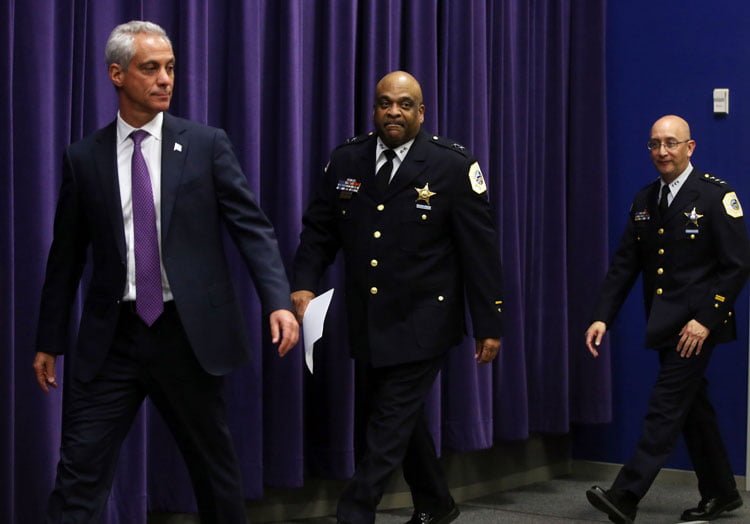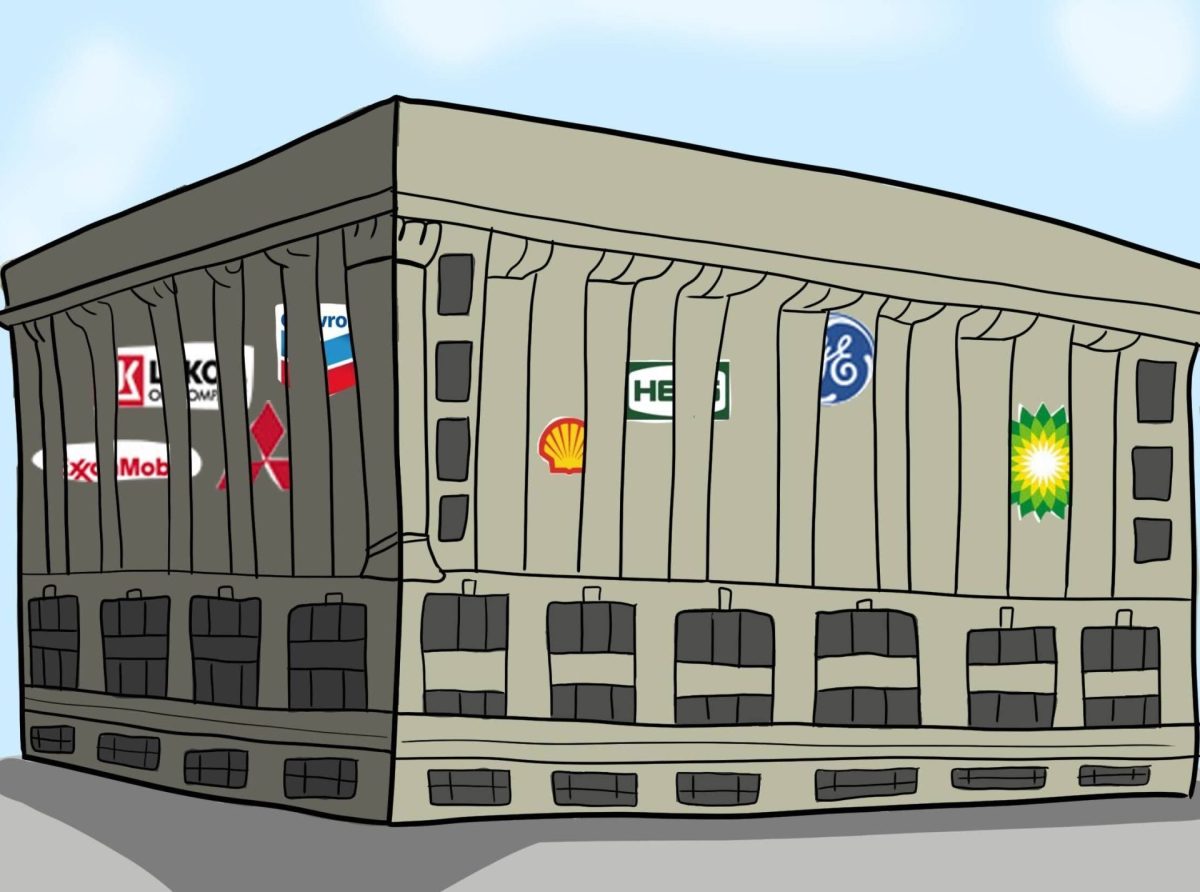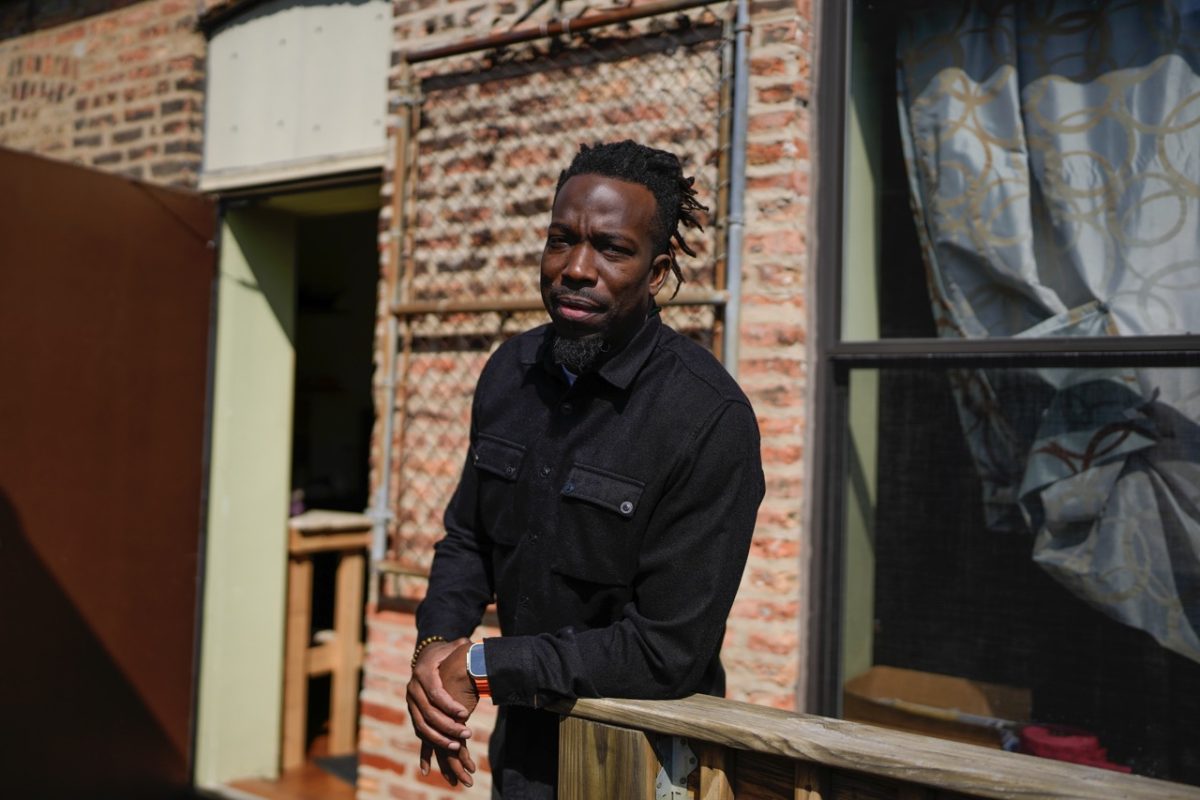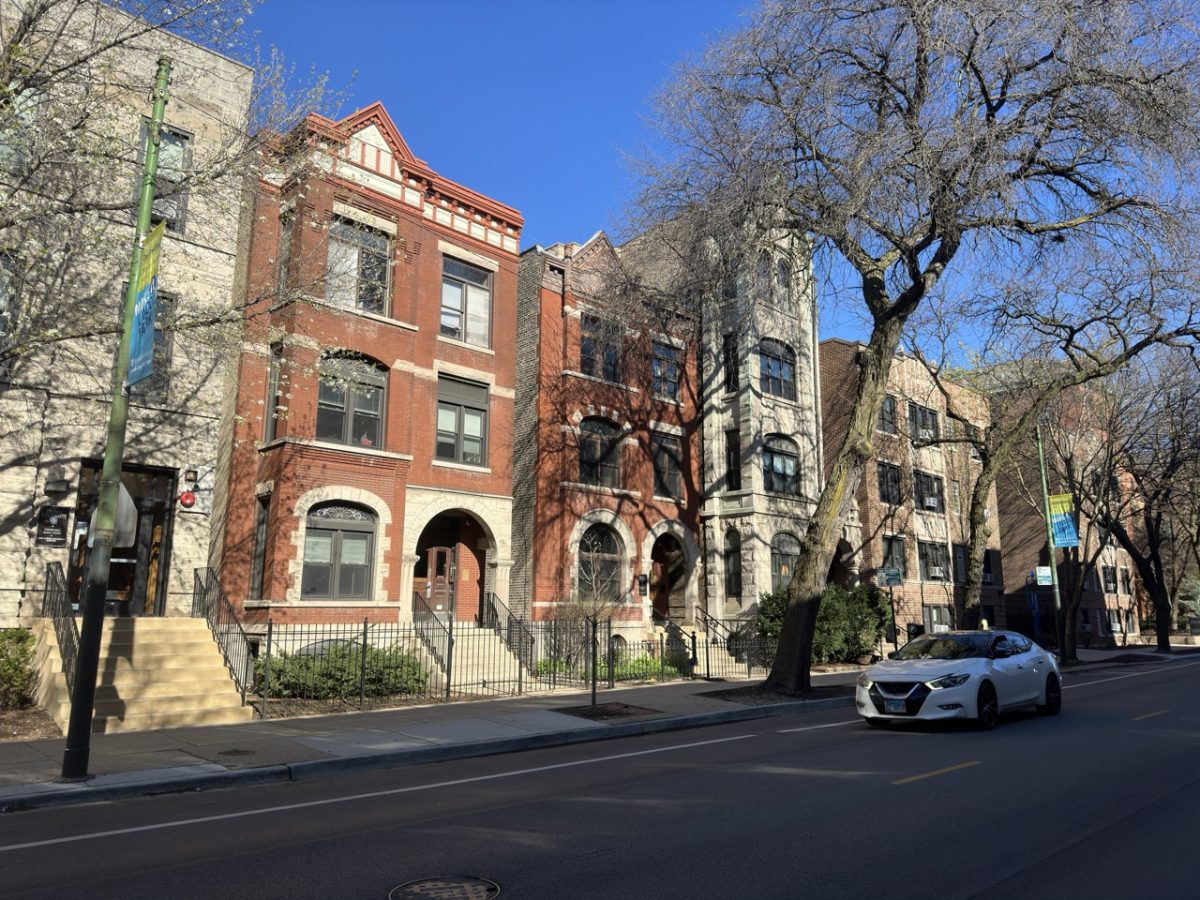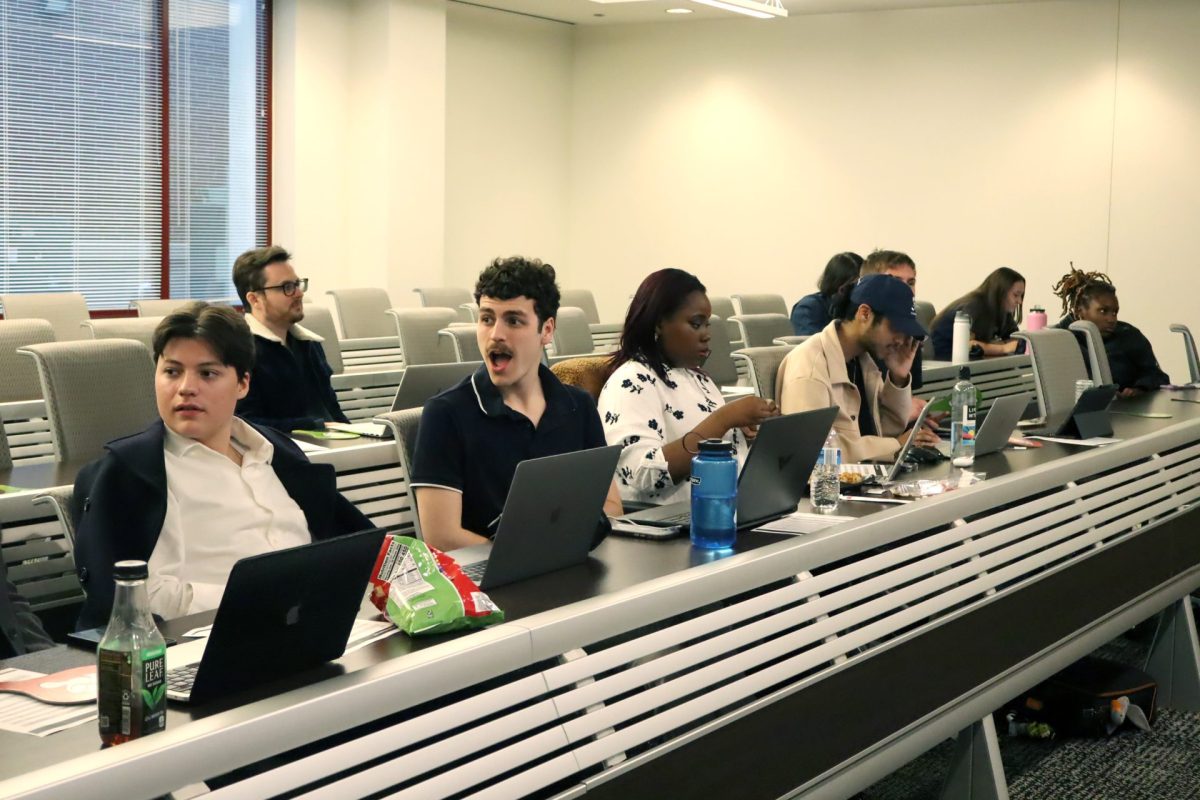While the city has been quite clear about its intention to hire about 1,000 new police officers to halt rampant crime problems, it left one important aspect out: how much the effort will cost.
By the end of two years, the department will have hired 970 police officers (516 officers, 92 field training officers, 200 detectives, 112 sergeants and 50 lieutenants) who will mostly be replacing officers who have retired or left.
The hiring of new officers is a response to the pressure the administration is facing for not putting in more effort to help fight the rise of crime and violence that many unsafe neighborhoods in Chicago are experiencing, Mayor Rahm Emanuel said last month.
This plan will cost about $135 million a year and the funding for the plan has yet to be revealed. However, Emanuel promised not to raise taxes in order to pay for the plan.
“I’m determined that this is not a budget question. We won’t raise property taxes. We won’t raise taxes to pay for it.”
“I owe you a department stronger in numbers, equipped for the 21st century, richer in skills and best practices to manage and challenge peacefully and honorably” Johnson said when he announced the administration’s plan.
Hiring and maintaining a new officer costs around $138,000, which includes salary, benefits and supervision. The aldermen of Chicago have not been told as to how the city plans to pay for this. After learning about Emanuel’s new plan, the question that remains is: How exactly will the mayor pay for it?
William Sampson, chair of the public policy studies department at DePaul University, believes that the mayor will use tax increment financing (TIF) funds.
TIF funds are a method Chicago utilizes to help encourage public and private investments in the neighborhoods.
TIF funds are taken from the amount property taxes increase in a specific area over a specific period of time.
In recent years, governments tend to use them to fund transportation development like the Red ‘L’ line modernization project in Chicago, and to clean polluted land and make unoccupied areas prolific again. Projected areas that need TIF funding must meet certain criteria in order to be eligible for the funding.
“In the past, liberal alderpersons and liberals throughout the city have opposed the use of TIF funds for the mayor’s pet projects,” Sampson said. “The funds are to be used to improve conditions in specific neighborhoods. The last two mayors have used the funds as they saw fit, a sort of mayoral piggybank. Liberals want the funds used in the designated neighborhoods for neighborhood improvements.”
In Lincoln Park, Alderman Michele Smith called for more cops in the 43rd ward to put a foot down on crime in the neighborhood.
He added that taxpayers would have to help bail out Chicago Public Schools, since the mayor allocates TIF funds to other projects.
Because of the city’s budget crisis, a new police hire has only been considered over the past few years.
Chicago had almost 3,000 victims of shootings so far this year. On top of that, the homicide clearance rate is 30 percent, which is much lower than the homicide clearance rate of other cities.
“What happened this year is new,” Emanuel said. “So we’re meeting it with a new response, which is more police, more technology, greater investment in our mentoring, our summer jobs and our after-school.”
When asked about whether it’s a good idea to hire more police officers, Andrew Nunec, a psychology major, said yes.
“I think it can get pretty unsafe, especially at night, and where I live and on the CTA,” he said. “I feel safer when I see cops at night.”
Eric Delfine, a marketing major, agreed.
“Honestly, it’s a better idea. I don’t feel safe on the CTA, especially at night,” he said. “With the bigger presence of police officers, it makes it safer. Especially for students who stay late here and go home at night.”
When asked where they think the funding for this plan might come from, they both admitted that they had no idea, especially since the mayor doesn’t plan on raising taxes.
However Margeux Joelson, a communications and media major, argued that she didn’t agree with the mayor’s plan because he recently closed some mental hospitals in the Chicago area.
When asked why he couldn’t reopen them, Emanuel argued that they didn’t have funding to do so. Joelson found it odd that he has money to enlarge the police force and militarize it, but doesn’t have the funding to maintain the mental institutions.
Emanuel also plans to increase the resources needed for mentorship and educational opportunities for the youth who are living in some of Chicago’s dangerous neighborhoods via a three-year, $36 million program.


